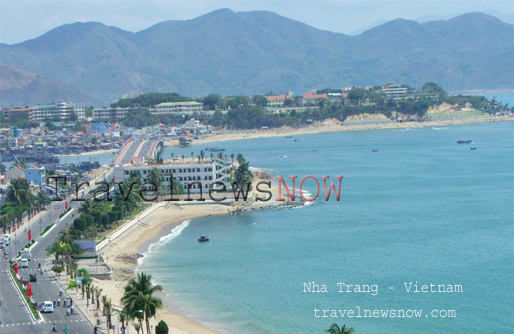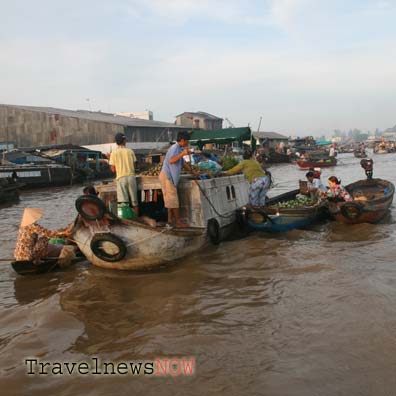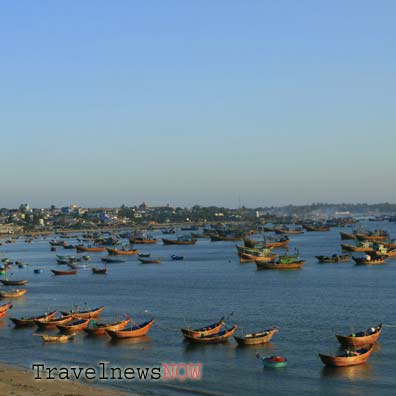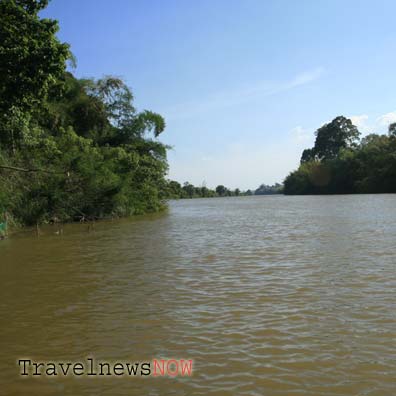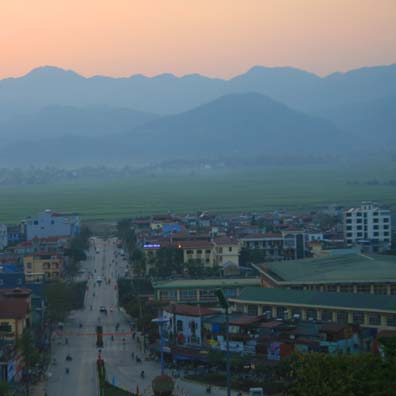So you are on holidays in Vietnam and there is news that a typhoon is looming. Would your trip be affected or not? Is there any chance, miracles happen and you will have beautiful weather?
Forecasting weather and a guessing game are similar, yet different. They are different as a guessing game is based on no facts nor figures, while forecasting weather is based on many facts, figures and huge amount of scientific expertise knowledge and experience. But they are quite similar, to a certain degree at least, as sometimes it is not possible forecasting weather accurately which makes it more of a guessing game. The factors which may have impact on a weather event may be too many compared to those factored in by a weather forecasting model, or in other words it is not much different from a guessing game.
Enough trivial jokes. Say, if you are a travelers on tour in Vietnam, a looming typhoon may disrupt your travel itinerary: you may not have nice weather, your trip is cancelled as boats stop running, no flights, no boat cruises on Halong Bay... In another scenario, an adventurer who have spent months in advance planning a trekking trip to the far-northern mountain of Vietnam; you have got your gears and about to board the flight and you get the news that you are venturing right into the eye of a storm... If you have the knowledge and experience, you will be confident in either continuing with your original travel plan, or following a good backup one.
It is common that tropical storms are driven by trade winds or easterlies, these winds blow permanently from east to west: northeast to southwest and southeast to northwest. But tropical storms, which form or blow through the East Vietnam Sea, mostly follow the direction from the southeast to northwest. In several cases, if the path of a storm changes slightly, then it may turn from disasters to miracles for your trip or vice versa. The deciding factors in these cases are either (hot) air troughs or (cool) air masses which are available in the atmosphere over the North, Northwest or West of Vietnam. The strongest of the air troughs or cool air masses will be the deciding factor in the direction of a typhoon coming towards the inland of Vietnam.
Practical cases:
1/ Typhoon Talim in July 2023
At first it was forecast to make landfall on the coast between Quang Ninh and Hai Phong, it ended making landfall in the coast south of GuangDong and Guang Xi Province (China), then barreled along the coast weakening to be a tropical depression before hitting Lang Son and Cao Bang Provinces. The tropical depression then traveled westward before melting away. The possible reasons are:
- It was the time the Intertropical Convergence Zone was along a latitude somewhere in China causing massive amount of rain and floods in China, South Korea... But cool air masses were not that strong but it was possible that it was the deciding factor and the path of Typhoon Talim was slightly changed to northwest rather than west-northwest as anticipated.
- Air troughs in the atmosphere over the Southwest of China and over Laos, Thailand were active but weak. It was these air troughs that had more impact in the direction of the tropical depression once it arrived in Vietnam.
- Southern China was still suffering from strong sun, hence active air troughs. But they were weak and had impact on the typhoon only when it was near enough.






